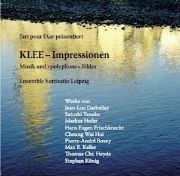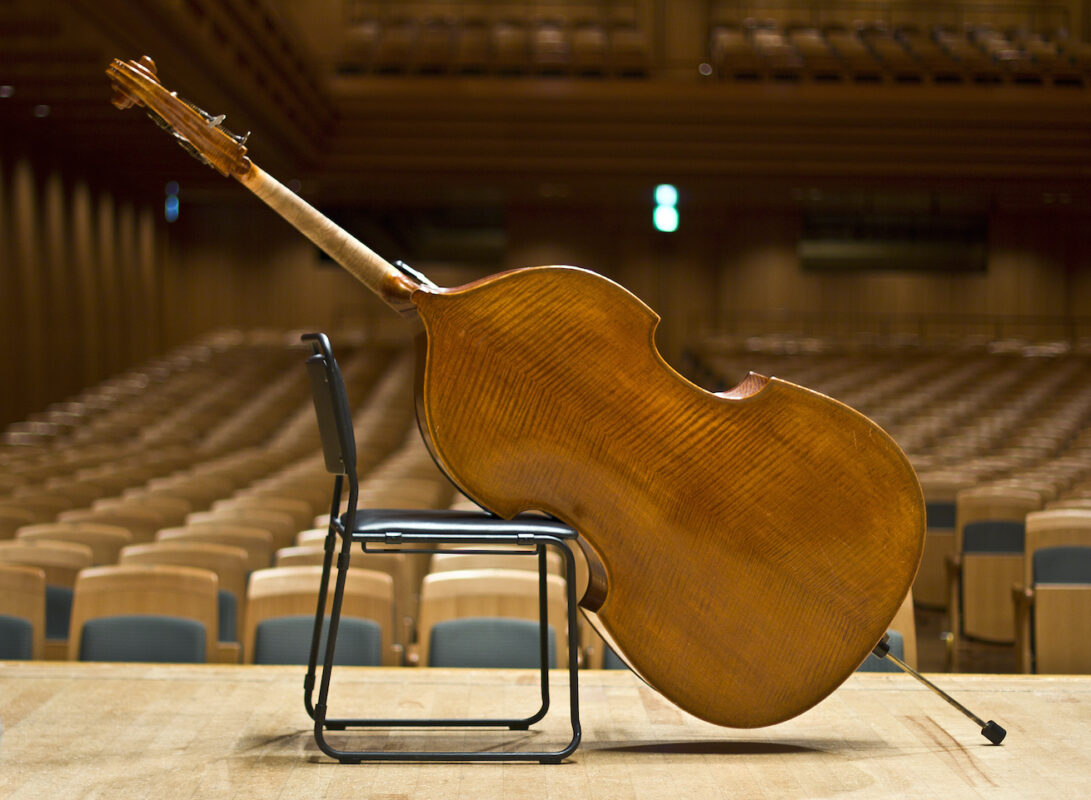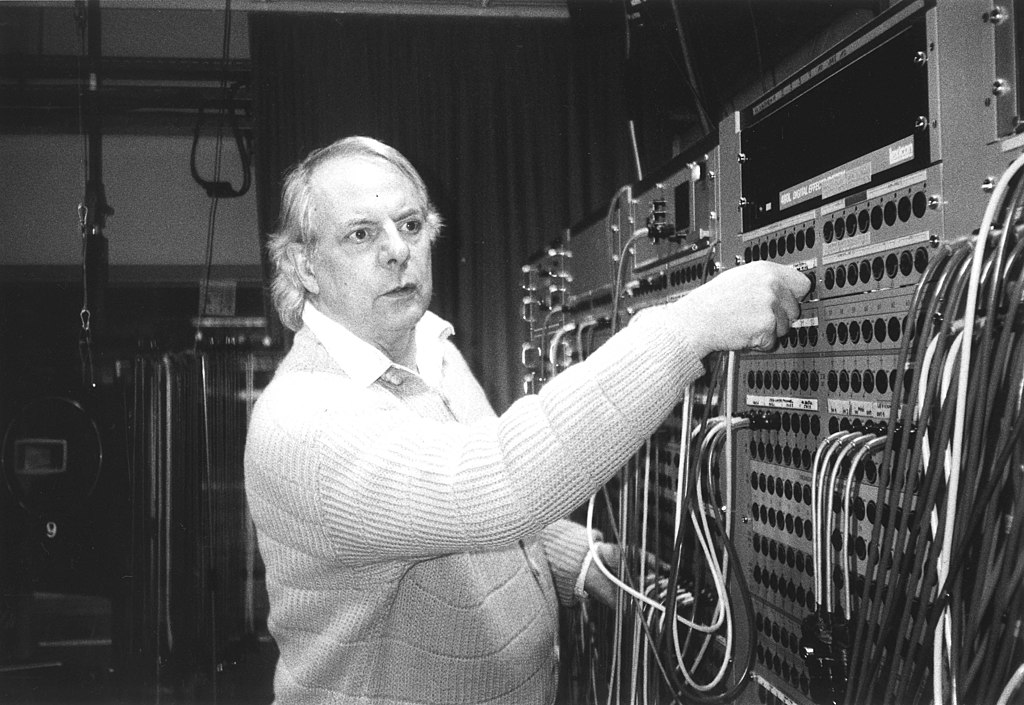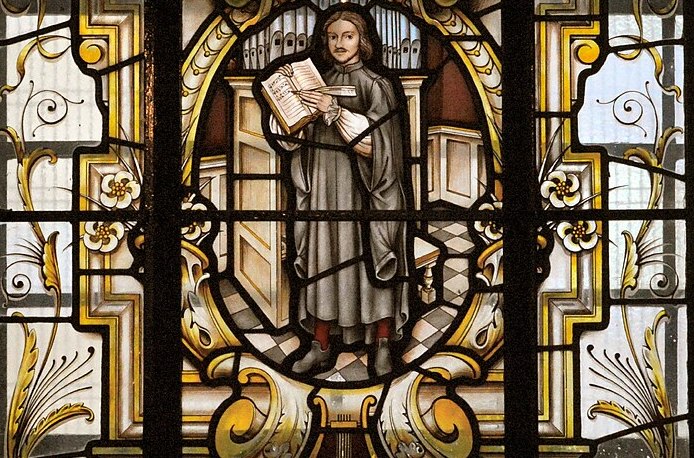Mysterious messages
Paul Klee's strong relationship with music is well known. To this day, his paintings inspire composers to create new works, as this CD by the Leipzig ensemble Sortisatio shows.
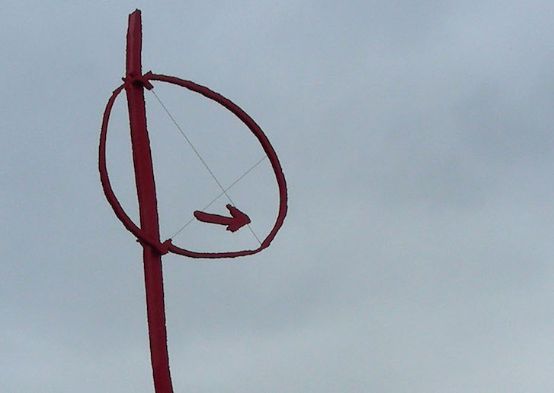
The Leipzig ensemble Sortisatio performs with an unusual line-up: Oboe/English horn (Walter Klingner), bassoon (Axel Andrae), viola (Matthias Sannemüller) and guitar (Thomas Blumenthal). Nine composers from Switzerland, Hong Kong, Japan and Germany have written works inspired by Klee for the ensemble.
The spiritus rector of this production is Jean-Luc Darbellay. His contribution above water (picture 1933/composition 2012/2016) refers to the painting of the same name, which Klee painted after fleeing to Switzerland to escape the Nazis. The uncertainty is reflected in knocking noises and searching movements of sound. After a delicate lament by the two wind instruments, the guitar hints at resignation and reassurance with simple tones.
From the punctual structure of the letter image Beginning of a poem (1938/2011) is the starting point for Pierre-André Bovey. Klee thus recalls a song from Bach's Klavierbüchlein der Anna-Magdalena. At the end, the viola intones a phrase from the song.
Hans Eugen Frischknecht has completed his seven Clover impressions (2008), which echo the painter's graphic miniatures and witty, ironic titles. Frischknecht extracts surprisingly mysterious moments from the tension between surface and line.
Max E. Keller interprets the watercolor like cabbage and turnips (1932/2008) is consistently pointillist, analogous to the painting. Klee's work becomes visible in numerous subtle gradations of tone color, dynamics and articulation.
To the picture Angel, still female (1939/2011), Markus Hofer combines a specially written text by Lea Gottheil: to euyridike. Multiple sounds, percussive noises, fluttering tonguing, toneless bowing on the bridge, glissandi etc. evoke a melodramatic atmosphere that leads to a thoughtful, tonal-harmonic conclusion.
Thomas Christoph Heyde also uses the watercolor mourning (1934/2010/11) uses tonal means in combination with noises (white noise of a radio, singing bowl, scratching noises of the viola) and achieves a lingering impression.
Using playful means, Stephan König has created Klee's watercolor Water pyramids (1924/2015) in four movements - an entertaining, even dance-like interpretation of the painting.
A convincing adaptation of the watercolor Drawing collection south (1924/2014), the Japanese composer Satoshi Tanaka has succeeded with the most minimal but powerful and effective means of sound.
Klee's preoccupation with Buddhism and Taoism in his drawings and thoughts inspired Cheung Wang Huo to create the fascinating composition Raft (2009) without direct reference to a picture, but on the basis of a Buddhist parable.
The excellent booklet by Christoph Sramek includes both a commentary on the work and the Klee pictures mentioned above.
Klee impressions, music and "polyphonic" images. Ensemble Sortisatio Leipzig. Music publisher Müller & Schade, Bern, M&S 5098/2






